ISSN ONLINE(2319-8753)PRINT(2347-6710)
ISSN ONLINE(2319-8753)PRINT(2347-6710)
S. Sathish Kumar1, B.Swapna2, Dr.C.Nagarajan3
|
| Related article at Pubmed, Scholar Google |
Visit for more related articles at International Journal of Innovative Research in Science, Engineering and Technology
Performance optimization, system reliability and operational efficiency are key characteristics of smart grid systems. In this paper a novel model of smart grid-connected PV/WT hybrid system is developed. It comprises photovoltaic array, wind turbine, asynchronous (induction) generator, controller and converters. The model is implemented using MATLAB/SIMULINK software package. Perturb and observe (P&O) algorithm is used for maximizing the generated power based on maximum power point tracker (MPPT) implementation. The dynamic behavior of the proposed model is examined under different operating conditions. Solar irradiance, temperature and wind speed data is gathered from a grid connected, 28.8kW solar power system located in central Manchester. Real-time measured parameters are used as inputs for the developed system. The proposed model and its control strategy offer a proper tool for smart grid performance optimization.
Index Terms |
| Control systems, Hybrid power systems, MATLAB, Modeling, PV systems, MPPT, Power electronics, Smart grids, Wind power generation. |
INTRODUCTION |
| The limitations of global resources of fossil and nuclear fuel, has necessitated an urgent search for alternative sources of energy. Therefore, a new way has to be found to balance the supply and demand without resorting to coal and gas fuelled generators. Smart grid is a system that would enable the integration of renewable energy sources and shift from reliance on fossil fuels, while maintaining the balance between supply and demand. |
| The key characteristics of smart |
| Grid includes: |
| • Grid optimization: system reliability and operational efficiency. |
| • Distributed generation: not only traditional large power stations, but also individual PV panels, micro-wind, etc. |
| • Advanced metering infrastructure (AMI): smart meters. |
| • Grid-scale storage. |
| • Demand response. |
| • Plug-in hybrid electric vehicles (PHEVs) and vehicle to grid (V2G). |
| This paper focuses mainly on the smart grid integration of PV/WT hybrid system (grid optimization and distribution generation). |
| Over recent years several research and investment has been carried out in hybrid power system, such as Yang who recommended an optimal design model for hybrid solar–wind system, which employs battery banks to calculate the system’s optimum configurations in China. Dihrab presented a hybrid solar-wind system as a renewable source of power generation for grid connected application in three cities in Iraq. Reichling modeled a hybrid solar wind power plant in south western Minnesota for a two year period, using hourly solar irradiation and wind speed data. Ekren showed an optimum sizing procedure of PV/wind hybrid system in Turkey. Several modeling studies on PV/WT power system have been conducted. Among them, Kim developed a grid-connected photovoltaic model using PSCAD/EMTDC for electromagnetic transient analysis. Tsai implemented an insulation-oriented PV model using MATLAB/SIMULINK software package. Gow developed a general PV model which can be implemented on simulation platforms such as PSPICE or SABER. Khan presented the model of a small wind-fuel cell hybrid energy system and analyzed life cycle of a wind-fuel cell integrated system. Chayawatto developed a mathematical model of a dc/ac full-bridge Switching converter with current control for PV grid connected system under islanding phenomena; this phenomenon occur when the grid system is disconnected for any reason and the distributed generation still supplies to any section of local loads. Onar modeled a hybrid wind/FC/ultra-capacitor (UC) power system for a grid-independent user with appropriate power flow controllers. In this study, a detailed dynamic model, control and simulation of a smart grid-connected PV/WT hybrid power generation system is proposed. Modeling and simulation are implemented using MATLAB/SIMULINK and Sim Power Systems software packages to verify the effectiveness of the proposed system. |
SYSTEM DESCRIPTION AND MODELING |
| Smart grid is a system consists of three layers: the physical power layer, the control layer and the application layer and according to, Katherine Hamilton, smart grid has to be dynamic and have constant two-way communication, as shown in Fig.1. So, for example, with PV panels on the roofs, intelligent building system will |
 |
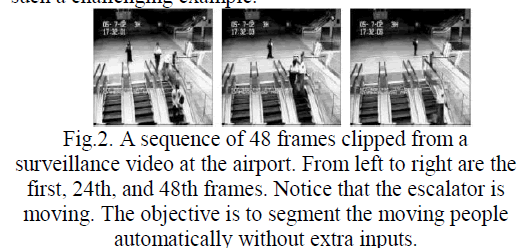 |
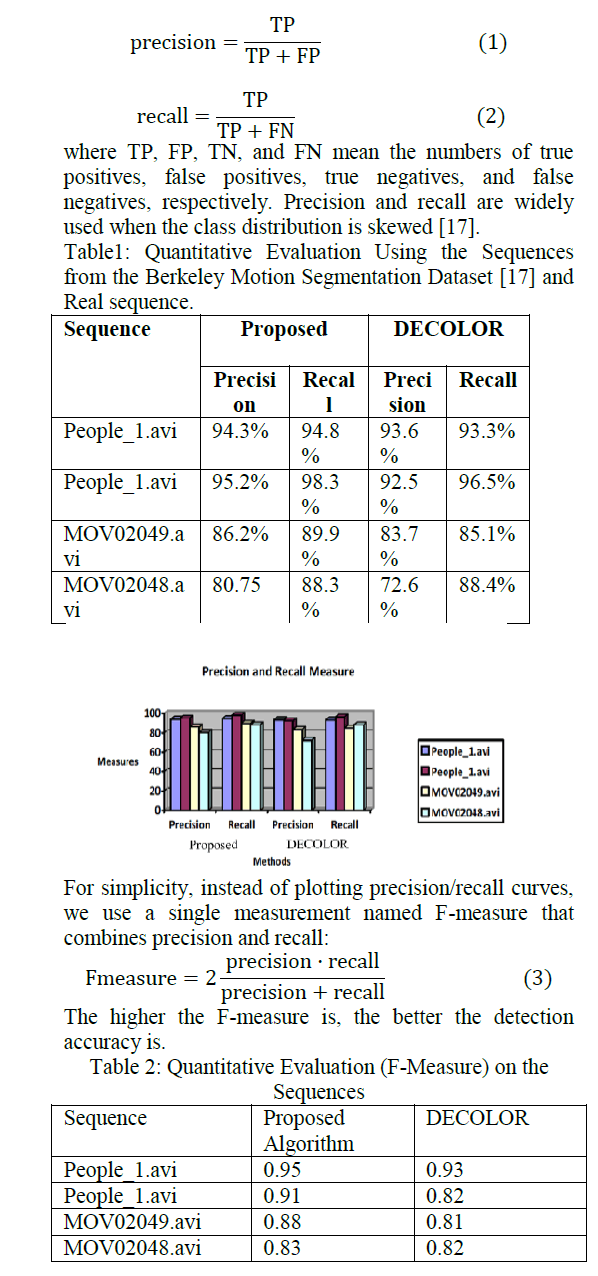 |
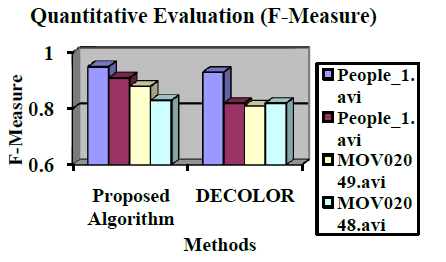 |
 |
| The output characteristics of the PV model with different solar irradiance and cell temperature are nonlinear. Furthermore, the solar irradiation is unpredictable, which makes the maximum power point (MPP) of the PV module changes continuously. Therefore, a maximum power point tracker (MPPT) technique is needed to operate the PV module at its maximum power point (MPP). Perturb and observe (P&O) algorithm is the maximum power point tracker (MPPT) control algorithm that will be adapted in this model. The P&O algorithm operates by periodically incrementing or decrementing the PV array operating current, and comparing the PV output power with the previous one. If it’s positive the control system moves the PV array operating point in the same direction, otherwise, it’s moved in the opposite direction. |
| A MPPT controller model is built and implemented using MATLAB, to operate the PV module at its maximum power point. The P&O algorithm requires two measurements: |
| Measurement of the current (Ipv) and the measurement of the voltage (Vpv). The proposed model is implemented as shown in Fig.6. |
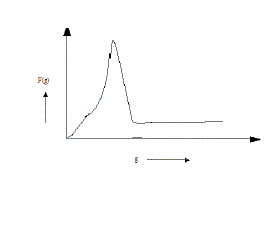 |
| In addition, a dc averaged switched model converter with input current control (Iref) is built and implemented using MATLAB/SIMULINK, to reduce the switching harmonics and steps-up the photovoltaic voltage to a higher dc voltage (e.g:400V). The proposed model is implemented as shown in Fig.7. |
 |
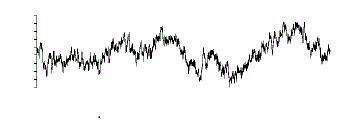 |
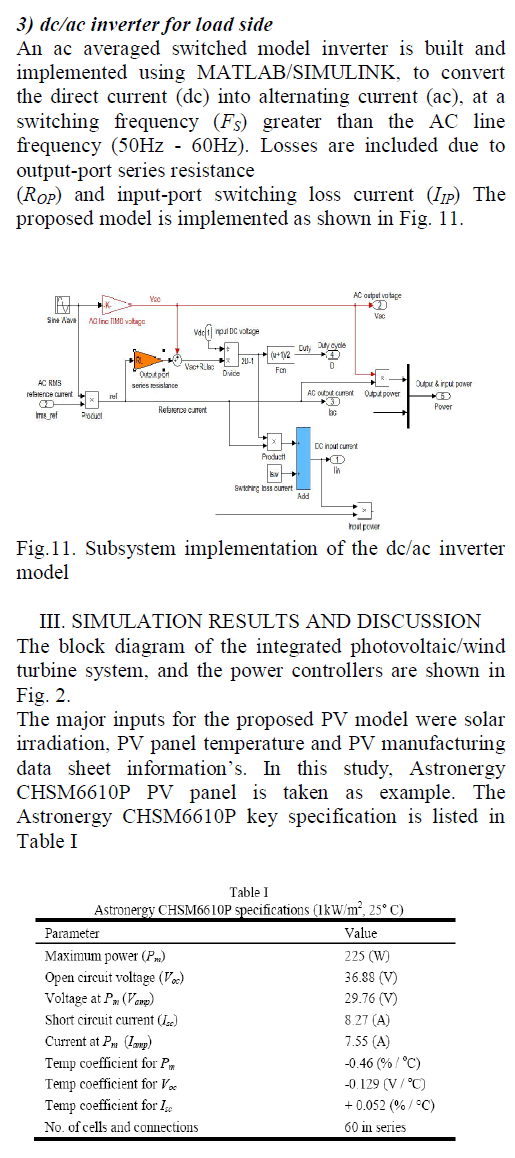 ' ' |
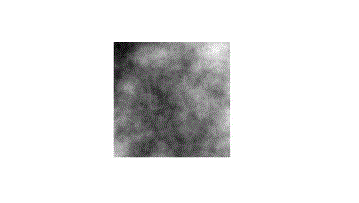 |
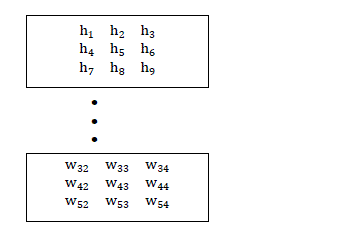 |
 |
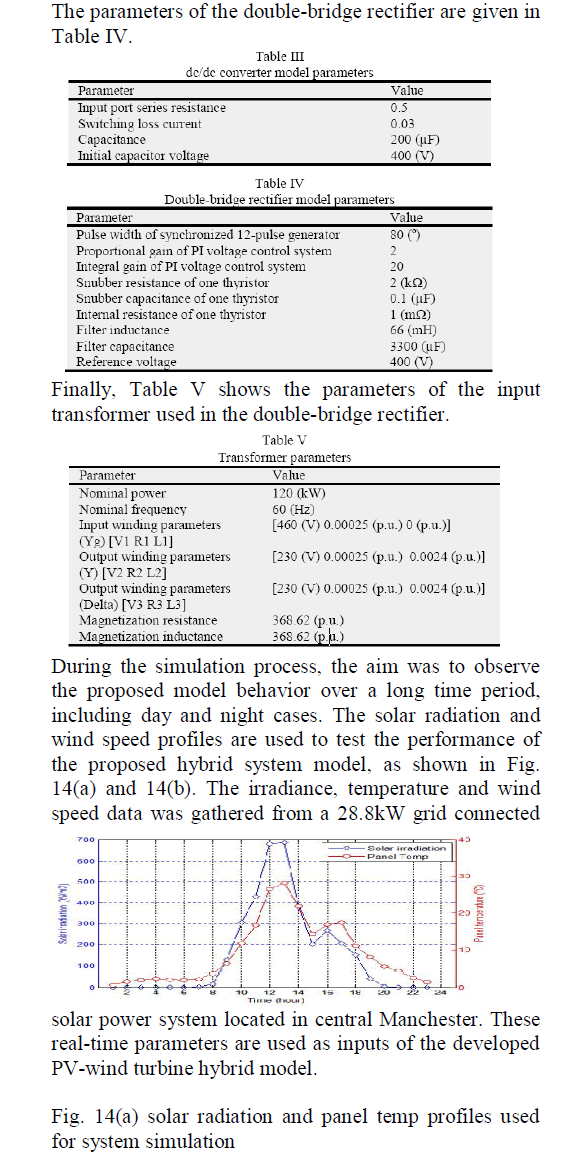 |
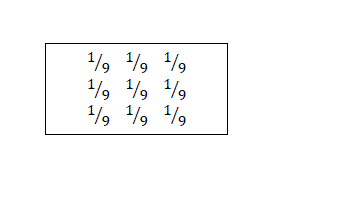 |
 |
| From Fig. 18, we observe that in the early morning before 8:30am and in the evening after 19:00pm, the solar power is unavailable due to nonexistence of solar radiation. To overcome this deficiency of the PV system, and to increase the amount of power in the early morning, the wind turbine system was added to the solar power plant. |
| In this study, the stator winding is connected to the grid and the rotor is driven by the wind turbine. The power captured by the wind turbine is converted into electrical power by the induction generator and is transmitted to the grid by the stator winding. As shown in Fig. 14(b), 24-h duration is used for the simulations with a variation in wind speed. This variation in wind speed affects the power produced by the induction Generator coupled to the wind turbine as observed in Fig. 19. |
| From Fig. 20, we observe that although the available power from the wind generator fluctuates due to wind speed variations, the PI controlled firing angle (α) of the double bridge ac/dc converter successfully maintain Since the voltage of the two dc buses is kept at 400V, dc/ac inverters are used to deliver the required power to the load side at 60Hz frequency and 240V line-to-line voltage. |
 |
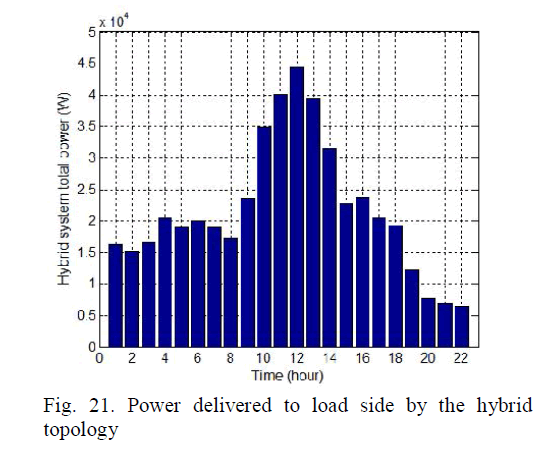 |
CONCLUSIONS |
| In this paper, a novel PV/WT hybrid power system is designed and modelled for smart grid applications. The developed algorithm comprises system components and an appropriate power flow controller. The model has been implemented using the MATLAB/SIMULINK software package, and designed with a dialog box like those used in the SIMULINK block libraries. The available power from the PV system is highly dependent on solar radiation. To overcome this deficiency of the PV system, the PV module was integrated with the wind turbine system. The dynamic behavior of the proposed model is examined under different |
| Operating conditions. Solar irradiance, temperature and wind speed data is gathered from a 28.8kW grid connected solar power system located in central Manchester. The developed system and its control strategy exhibit excellent performance for the simulation of a complete day. The proposed model offers a proper tool for smart grid performance optimization. |
References |
|